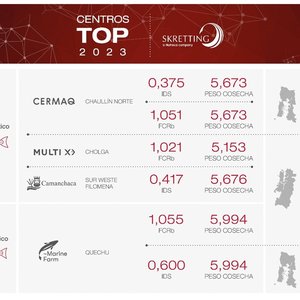Marine aquaculture could feed growing world population
The oceans could become the source of more of humanity's food if steps are taken to expand and improve marine aquaculture, according to a study published in the December 2009 issue of BioScience.
As the world's population continues to grow, lack of fresh water and space mean that terrestrial agriculture is unlikely to be able to meet food demand, according to Carlos M. Duarte of the University of the Balearic Islands, Spain, and his seven coauthors. Freshwater aquaculture, which is largely confined to the tropics, is expanding, but its reliance on fresh water may limit long-term growth. Fisheries catches have been declining globally for two decades, and although conservation measures and a shift in consumption patterns could allow some recovery, marine aquaculture holds more potential for sustained growth.
Marine aquaculture is already on the rise: production has increased ten-fold over the past 30 years and is expected to exceed fisheries catches within 20 years. Yet Duarte and his colleagues argue that its continued growth will depend on adapting current techniques so that the food needed to feed marine animals is itself derived from marine aquaculture, rather than harvested from the wild or derived from agriculture. This goal is achievable, they maintain, if more animals low on the food chain are cultivated, including more plankton and algae. These could be used as food for both humans and for fish. New technology will also help, by allowing marine aquaculture operations to be expanded into more exposed, offshore locations. Although some environmental impacts can be expected from the expansion of marine aquaculture, these are modest compared to those resulting from food production on land.
Download the full article [PDF] from the link below:







